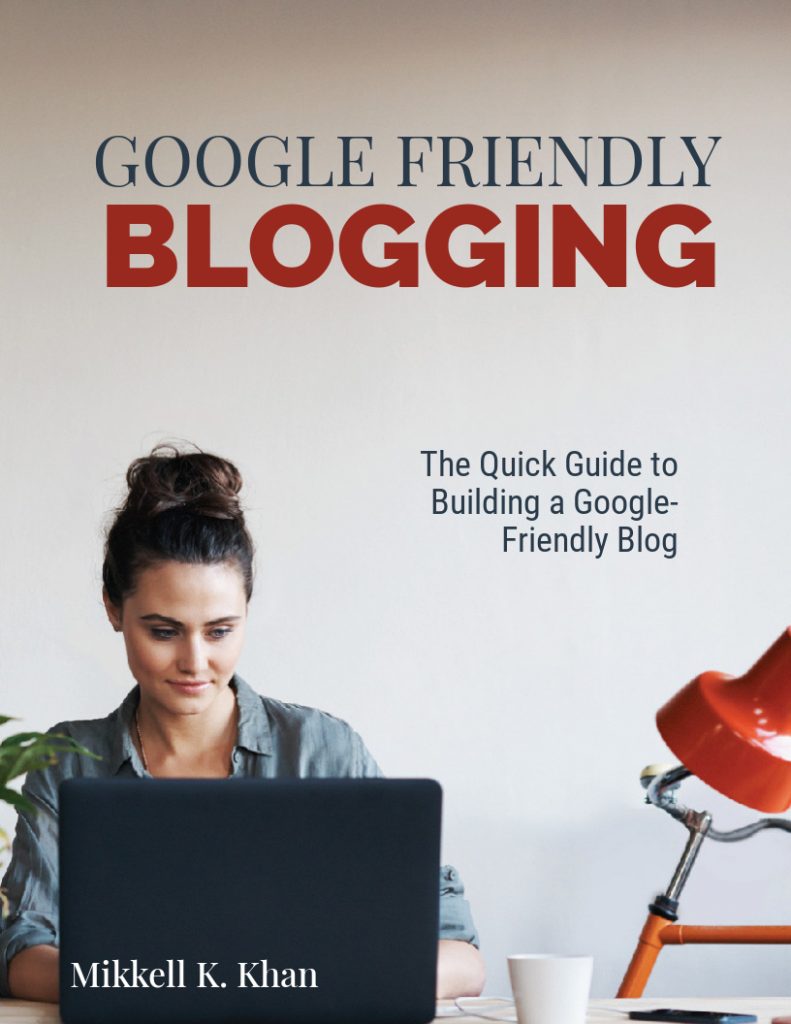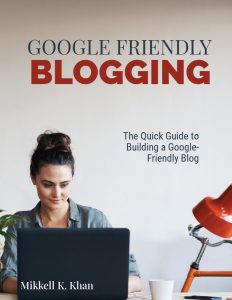1. Tone and atmosphere – Ensure that you convey the tone and create the atmosphere you’re going for in your script. You want your readers (whether they be producers, directors, actors, your grandmother – whoever) to feel the fear, anxiety, and horror that you want your audience to feel when they see your story on-screen.
2. Appeal to primal human fears – According to James Wan, director of great modern horror movies like “Insidious” 1 & 2, “The Conjuring” 1 & 2 and “Furious 7” (No….wait! That’s not a horror movie. Or is it? I mean…..FLYING CARS?!!), scaring audiences often comes down to tapping into people’s lifelong sources of fear. Whether it’s childhood fears like monsters under your bed or adult fears like death, tapping into one’s basic human fears is a great way to make your horror script more effective.\
3. Develop great set pieces – From the chilling hedge maze climax of “The Shining” to the gruesome chest defibrillation sequence in “The Thing”, a great set piece will make your script all the more terrifying – and memorable. Think of them as the scenes in your script that, when put to screen, will frighten the audience – and continue to do so long after they’ve seen the movie.
4. Deep characters – If we don’t care about the characters (whether we love them or not), we won’t care what happens when they’re in danger. The characters in your script must evoke a strong feeling of concern from your reader – one way or the other. Spend a LOT of time building your characters (backstories, fears, flaws, etc.) before writing your script. Figure out their backstories, their fears, their flaws, their broken relationships. The more well-developed your character, the more likely the reader will care.
5. Tie the scares to the characters – While writing your screenplay, keep in mind that the horror and the scares should be designed around each other, and not mutually exclusive. Try to connect your character’s fear to the horror at hand. The closer you can connect the scares and the character’s issues, the more impact the scares will have.
6. Original scares – From the mirror scare (character looks in the mirror, a freaky-looking creature suddenly appears behind the character) to the “killer in the backseat of the getaway car” scene, cliché scares have been used and abused in horror movies for years. Please, for the love of horror movies, DON’T USE THEM! Or at the very least, if these scares NEED to be in your screenplay, find a way to update them. Put in that extra effort to come up with an original scare or a new spin on an old scare and your script will be so much better.
7. Never tell the audience they should be scared – One of the most critical rules of storytelling is: show, don’t tell. And yes, this is ESPECIALLY important in writing a screenplay, regardless of genre. But in writing a horror, it’s also paramount NOT to convey the fear that the audience is ideally supposed to feel. Obviously, you can’t tell someone to be scared, You just have to shove the reader into the shadows, and hope that what you’ve hidden there does the trick.
8. Be Sincere About Your Scares – The one thing worse than cliché scares in a horror movie is gimmicky “false scares,” -arbitrary moments of suspense that don’t serve any purpose to the overall arc of the horror story. Too many false scares reveal the inherent falseness of being scared in the first place. Utilizing calculated, well-thought-of and worthwhile scares motivates the reader to stay invested in your story, and more affected by its moments of fear. If you aren’t sincere about your scares, then you aren’t sincere about your movie, and the reader won’t take your story seriously.
9. Turn classic horror on its head – One of the techniques director James Wan uses with his films is taking a classic horror device and twisting it to come up with a new and unique and way of telling a story. For example, with “Insidious”, he told a haunted house story that wasn’t a haunted house story at all”. In other words, you can pick your brain for hours trying to think up a fresh, original horror device (mythical creatures, fear of the unknown, creepy kids, etc.) or figure out clever and creative ways of modernizing and updating horror devices necessary to your screenplay.
10. Horror is personal – For your horror script to be effective, it needs to affect you in a personal way. You need to be troubled, a little disturbed, by what you’re writing. Dig deep into your subconscious, think about what scares you deep inside and write about that, regardless of how absurd or childish you may believe it is. Remember: horror works best when fear is honest. The truth you bring to your story, and to the horror genre as a whole, will resonate long after your screenplay becomes an actual movie.






